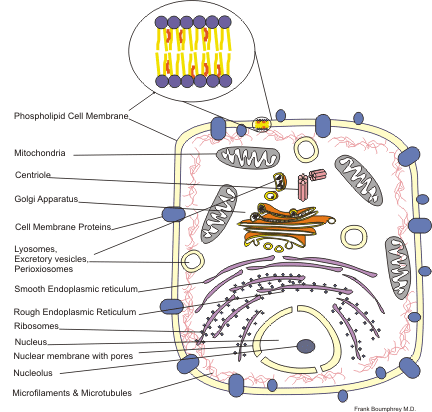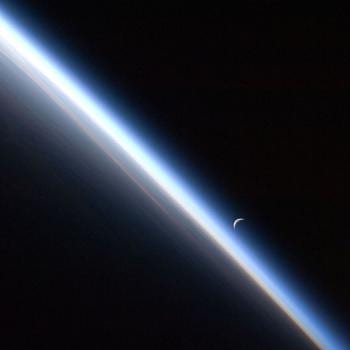
Sometimes, I think it’s appropriate just to marvel:
This is the formula of life: taking in oxygen and delivering that oxygen to all the cells in the body in a way that is so extraordinarily precise it makes even the highest-performing supercomputers in cars look basic. This regulation system constantly and effortlessly receives feedback from all organs regarding exactly how much oxygen is required on a millisecond-by-millisecond basis and adjusts the delivery of oxygen to match their requirements so that the cells in each organ can burn the fuel that is in the form of glucose (derived from the nutrients we eat and stored in the body as glycogen) and generate energy. This energy then drives the complex machinery of all the trillions of cells in the human body. . . .
The cells run much like a highly productive factory that produces special protein-based chemical products such as hormones that are either used locally or sent all over the body (through the blood-stream) to be used by distant organs where they are needed. This is in fact what the enormous amounts of energy provided through the burning of glucose using oxygen is [sic] needed for. Just like factories, the cells also have multiple smaller component parts, called organelles, which work cohesively together to produce all the products the trillions of cells in the body need to keep it alive and functioning. Every cell has a membrane on the outside that regulates what goes in and out, much like a wall or perimeter, and specialized small pumps on the wall that can more actively pump substances in and out of the cell. The pumps in the cell membrane take in what the cell needs — glucose that will be converted to energy (as well as many other materials) — and throws out what it doesn’t need, such as toxins that can poison the cell.
Sam Parnia, Erasing Death: The Science That is Rewriting the Boundaries Between Life and Death (New York: HarperOne, 2014), 38-39.
***
In an age of ever more partisan “news,” I like this:
“What the Media Can Learn from Physics and Cosmology”
***
And, for quite different reasons, I really like this:
“The Biggest Digital Map of the Cosmos Ever Made”
***
Our knowledge of ancient Mesoamerica looks as if it’s undergoing a sea change:
***
Just a curious little item:
“Is Earth’s Missing Xenon Hidden in the Core?”
Haven’t you always wondered where all the xenon went? I know that the question has haunted my dreams since before I could talk.
***
There’s nothing little about this:
“A Star Like the Sun Has Six Gas Giants Orbiting It . . . with Two in Its Habitable Zone”
***
Next time you call somebody a “Neanderthal,” consider the fact that you may be accusing him of possessing a gift for symbolic artistic expression:
“Why Won’t The Old Caveman Stereotypes For Neanderthals Die?”
***
New studies — the article below is just slightly graphic — indicate that consumption of pornography is associated with reduced sexual satisfaction, increased loneliness, imperiled stability in relationships, and a higher likelihood of divorce:
And, of course, the studies say nothing whatever about the effect of viewing pornography on one’s receptivity to the Spirit or one’s relationship with God.












